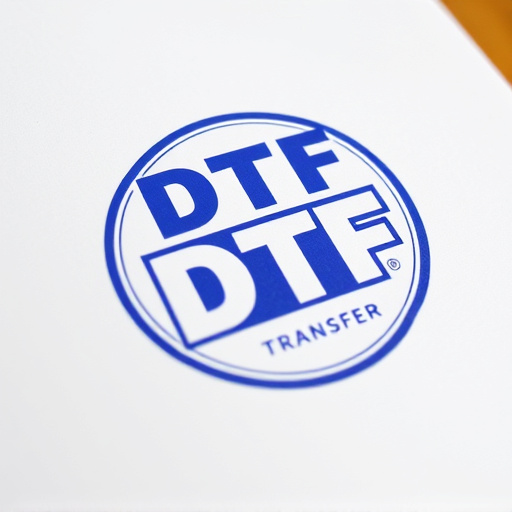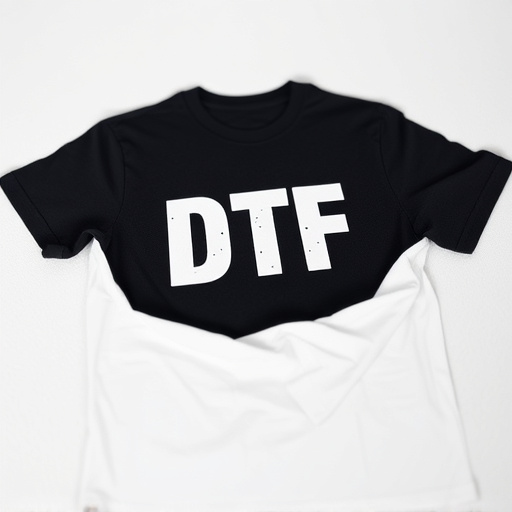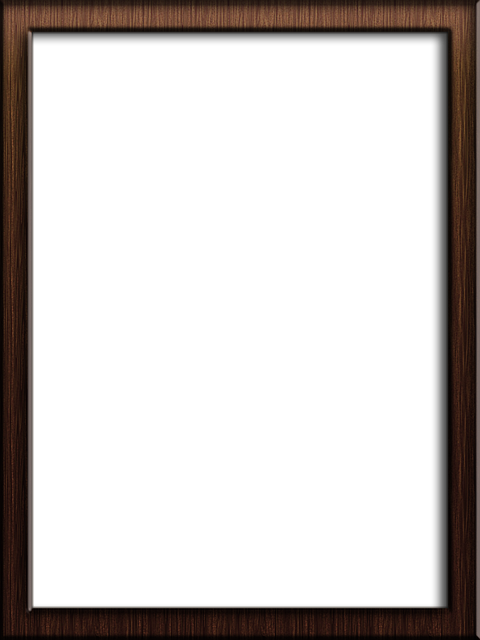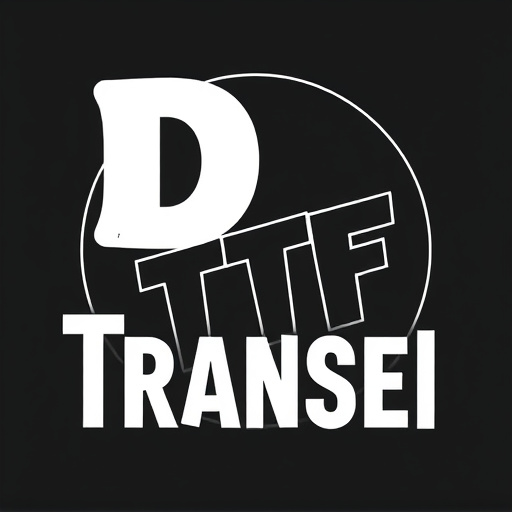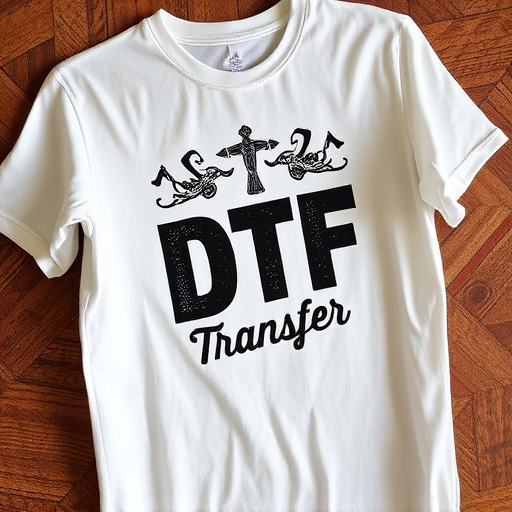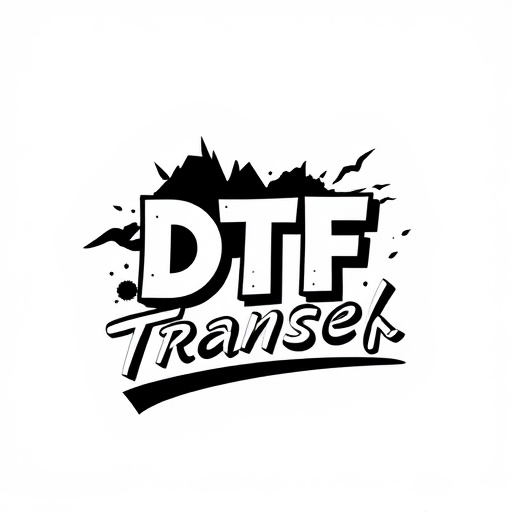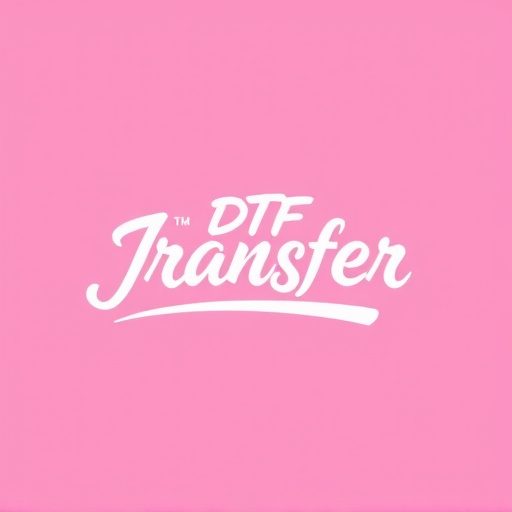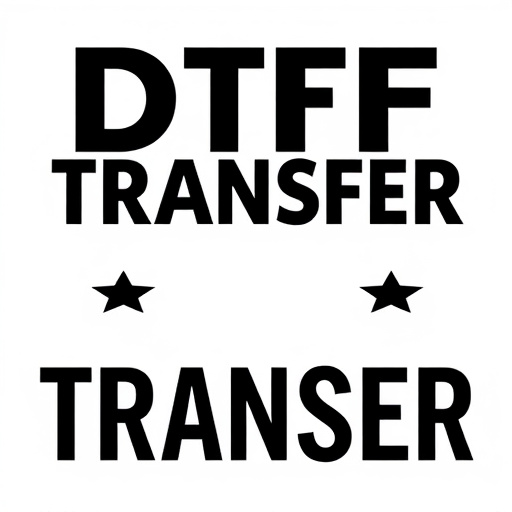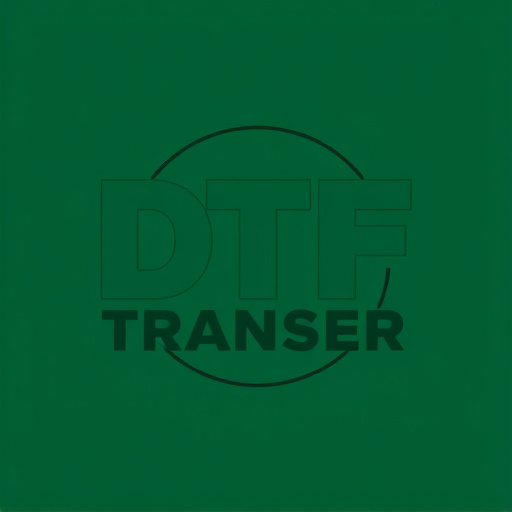DTF Transfers (Direct-to-Fabric) revolutionize printing on dark fabrics, offering vibrant designs with minimal setup and quick turnaround. Popular in fashion and street art, this method produces rich colors and bold graphics that last. Designers should balance contrast and simplicity for impactful results. Proper application ensures durability, but fade resistance and color matching are considerations. DTF Transfers enhance product aesthetics across sectors, catering to trendy youth and bustling urban environments.
Discover the captivating world of DTF Transfers, a revolutionary printing method that brings vibrant colors to dark fabrics. This article explores the unique process behind DTF (Direct to Fabric) Transfers, highlighting its appeal in creating eye-catching designs on black or deep-hued materials. From understanding the technology to choosing the right design elements and application techniques, we’ll guide you through the process. Uncover real-world applications where DTF Transfers excel and learn about their benefits and limitations.
- Understanding DTF Transfers: A Unique Printing Method
- The Appeal of Vibrant Colors on Dark Fabrics
- Choosing the Right Design Elements for DTF Transfers
- Application Techniques to Ensure Long-Lasting Results
- Benefits and Limitations: What Every User Should Know
- Real-World Applications: Where DTF Transfers Shine
Understanding DTF Transfers: A Unique Printing Method

DTF Transfers, or Direct-to-Fabric Transfers, are a unique printing method that has revolutionized the way vibrant designs are applied to dark-colored fabrics. Unlike traditional printing techniques that often require multiple layers and complex processes, DTF transfers offer a straightforward approach. This innovative process involves transferring ink directly onto the fabric surface, allowing for bold, eye-catching graphics and textures. By utilizing specialized inks and technologies, designers can create long-lasting, high-quality prints on materials like black or dark-hued fabrics, ensuring that colors pop and designs maintain their vibrancy.
The simplicity of DTF Transfers lies in their ability to mimic the look of screen printing while being more versatile and efficient. This method is particularly popular for custom apparel, where small batches or even single pieces can be printed with intricate details and bold colors. With rapid turnaround times and minimal setup costs, DTF Transfers have become a go-to choice for businesses and individuals seeking to add dynamic designs to their dark fabric products.
The Appeal of Vibrant Colors on Dark Fabrics
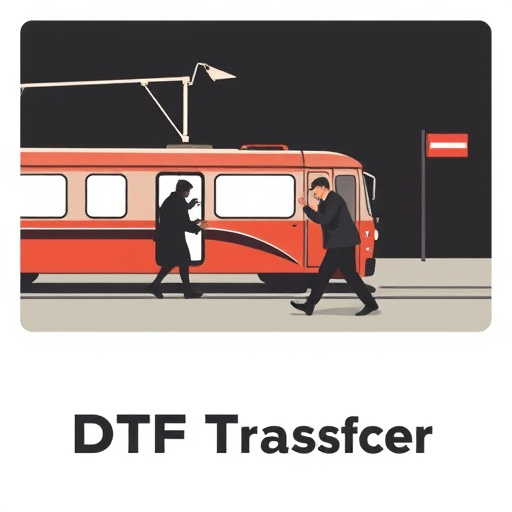
The appeal of vibrant colors on dark-colored fabrics lies in their ability to create a stunning contrast and make designs pop. When a DTF (Direct to Fabric) transfer is used, it brings a whole new dimension to the printing process. The rich, deep hues that can be achieved on darker materials allow for eye-catching graphics and text that stand out in a crowd. This technique is particularly popular in fashion, street art, and promotional merchandise, where creating an impact is key.
By employing DTF transfers, artists and designers can produce bold and colorful artwork that was once challenging to achieve on dark fabrics. The result is a visually appealing product that combines the durability of fabric with the vibrancy of modern printing technology. This innovation has opened up new possibilities for creative expression, ensuring that designs are not only seen but also remembered.
Choosing the Right Design Elements for DTF Transfers

When designing transfers intended to look vibrant on dark fabrics using Direct-to-Fabric (DTF) printing, selecting the appropriate design elements is paramount. Contrasting colors play a crucial role in making your designs pop. Opt for bright, vivid hues that will stand out against deep, dark backgrounds. This could mean choosing intense reds, electric blues, or bold yellows instead of subtler shades. The goal is to create a striking visual effect that captivates the viewer, ensuring the design doesn’t get lost on the fabric.
Additionally, simplicity can be powerful in DTF transfers for dark fabrics. Complex designs with intricate details might get muddled and lose their impact when printed onto black or very dark colors. Instead, consider clean lines, bold shapes, and minimal text to create a visually appealing and legible design. Remember that the focus should be on the overall aesthetic of vibrancy and contrast, making each element work harmoniously to produce a stunning final product.
Application Techniques to Ensure Long-Lasting Results
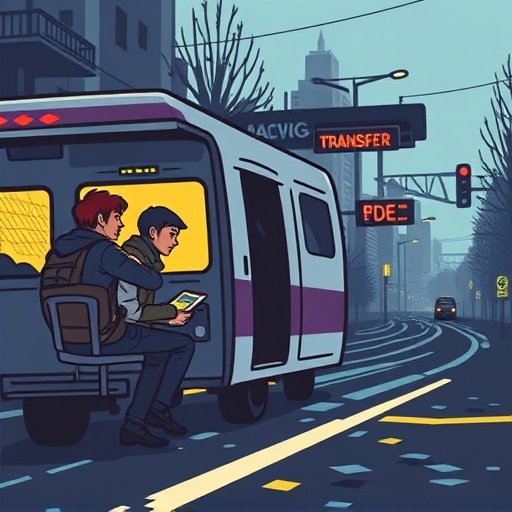
To ensure long-lasting results with DTF Transfers on dark fabrics, careful application techniques are paramount. The first step involves preparing the fabric by cleaning it thoroughly to eliminate any oils or impurities that could interfere with adhesion. A primer designed specifically for dark fabrics can also enhance bonding and color vibrancy.
During the transfer process, precise control is essential. Using a steady hand and gentle pressure, apply the DTF design directly onto the fabric, ensuring complete contact between the transfer paper and the material. Heat application should be even and controlled, avoiding excessive heat which could damage the fabric or cause the design to bleed. Once applied, allow the transfer to set completely before subjecting it to any additional processing, like washing or drying, to guarantee maximum durability.
Benefits and Limitations: What Every User Should Know
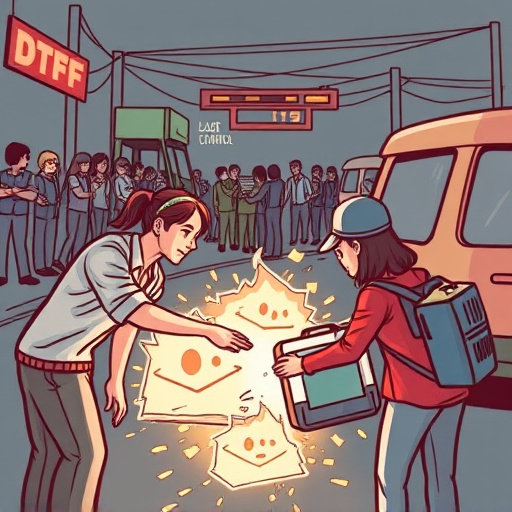
Using DTF Transfers on dark fabrics offers a unique advantage in creating vibrant, eye-catching designs. These transfers are designed to produce vivid colors and intricate details, transforming dull garments into artistic statements. One of the key benefits is their ability to enhance the overall visual appeal, allowing users to personalize and style their clothing with bold patterns or subtle textures. DTF Transfers also provide a versatile printing method, suitable for various fabrics, ensuring that dark-colored items can be transformed without limitation.
However, there are some limitations to consider. The durability of the prints might be a concern, as certain transfers may not withstand frequent washing or exposure to sunlight, leading to potential fading over time. Additionally, while DTF Transfers offer a wide range of colors and designs, achieving precise color matching across different fabric dyes can be challenging. Users should also be mindful of the transfer quality, as low-quality options might result in blurred images or uneven application on dark surfaces.
Real-World Applications: Where DTF Transfers Shine

In the realm of textile printing, DTF (Direct-to-Fabric) Transfers have emerged as a game-changer, particularly when it comes to vibrant designs on dark fabrics. These transfers are designed to appear vivid and lifelike, enhancing the overall aesthetic appeal of various products. From clothing items like t-shirts and hoodies to accessories like bags and shoes, DTF Transfers have found their niche in numerous real-world applications.
One of the key advantages is their ability to produce high-quality graphics with rich colors on even the darkest of fabrics. This makes them ideal for urban streetwear brands that cater to a young, trendy audience. The vibrant designs stand out in bustling environments, appealing to folks who want their fashion statements to be noticed. Additionally, DTF Transfers are versatile and can be used on various materials, ensuring that manufacturers can cater to diverse market demands without compromising on visual impact.
